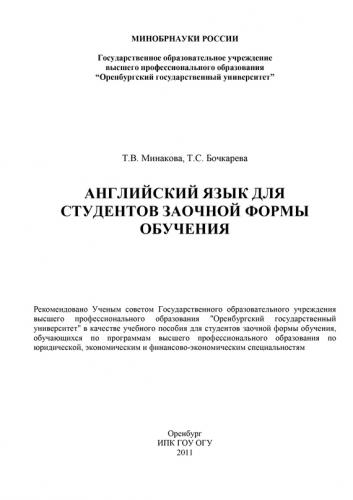4 How is a typical business letter called?
5 Why is it important to make business letter well?
6 Why are more agreements, made in English?
7 What are three stages of transactions involving business contracts?
8 How may business letters be divided?
9 What do we call “a semi-official letters”?
2.2.7 Тексты для студентов специальности «Статистика»
2.2.7.1 Задание 1. Прочитайте и запомните следующие слова и словосочетания:
advertiser – рекламный агент;
prediction – прогноз;
opinion poll – опрос общественного мнения;
to depend on/upon – зависеть от;
to make a decision – принять решение;
to refer to – ссылаться на, обращаться;
to interpret – перерабатывать, объяснять;
treatment of data – обработка данных;
investigation – исследование;
representative – показательный, наглядный;
comprehensive – исчерпывающий;
to improve – улучшать;
raw data – сырые данные;
ballot – избирательный бюллетень;
item – единица совокупности;
to consider – рассматривать;
observation – наблюдение;
infinite – бесконечный;
finite – конечный;
to conduct – провести;
census – перепись населения;
to draw conclusion – сделать вывод;
to obtain – получать;
result – результат;
index – индекс;
report – доклад;
method – метод;
data – данные;
to collect – собирать;
to analyze – анализировать;
numerical – цифровой;
bureau – бюро;
accurate – точный;
gigantic – гигантский;
generalization – обобщение;
to select – выбирать;
to present – представлять;
graph – диаграмма;
chart – таблица.
2.2.7.2 Задание 2. Прочитайте текст А переведите его письменно
Text A.
Anyone who listens to the radio, watches TV, reads newspapers, books, magazines can not help but be aware of statistics. Statistics appears in the claims of advertisers, in predictions of election results & opinion polls & in business reports. Every science depends to some extent upon gathering of data by statistical methods On the basis of statistics important decisions are made. Statistical techniques are used extensively in marketing, accounting, finance, international trade, economics, legislation, and other fields.
Statistics is the body of principles and methods that has been developed for collecting, analyzing, presenting and interpreting large masses of numerical data. Without statistical treatment of data there would be no way to put facts together to see what they mean.
The results of statistical investigations may sometimes be stated in a single sentence, as in weather forecasts. Usually they are organized in the form of numerical tables, graphs or charts.
Statistical data are usually collected in one of the following ways:
1) by consulting existing source of material, such as periodicals and newspapers, or reports from industries , government agencies and research bureaus;
2) by setting up a survey and collecting data at first hand from individuals or organizations;
3) by conducting scientific experiments, measuring or counting under controlled conditions.
Raw data must be collected in such a way that it is accurate, representative and as comprehensive as possible. Statistical treatment of data can not in any way improve the basic validity or accuracy of raw data.
The main aim of statistics is to find out something about population. A population, from a statistician's point of view, may consists of individuals- such as all the students in the Orenburg State University or all the inmates at Attica prison- or it may also consists of objects, such as all the automobiles produced by Ford company. A population may also consists of a group of measurements, such as all the heights of the basketball players in the NBA. Note that a population in the statistical sense of the word does not necessarily refer to people.
Usually it is not possible to gather data about all possible cases in a population. Some population are infinite. Others , though finite, are so large that it would take too much time or cost too much to collect data on each unit in them (e.g. Every ten years the United States government conducts census of the whole population of the USA, but it is a gigantic and costly undertaking.)
The statistician usually gets the information from a relatively small number of cases called sample! From the cases in the sample he/she makes generalizations about the whole population.
The cases in the sample must be representative of the whole population, otherwise the conclusion drawn from the sample would not be valid for the whole population.
The size of the sample is a factor too. Other things being equal, a larger sample is better than the smaller one. However, excellent results can be obtained with small samples that are properly set up. Most public opinion surveys are conducted on samples that are made as representative as possible by means of stratified sampling techniques. It is a special techniques of dividing country into various layers (strata). The aim of this techniques is to make proportions in the sample the same as in general population.
Basic to all sampling techniques is the idea of randomness. It means that any item of the population is equally likely to be included in to the sample.
2.2.7.3 Задание 3. Ответьте на вопросы по тексту А
1 Were does statistics appear?
2 Where are statistical techniques used?
3 How are the results of statistical investigations organized?
4 What ways are statistical data usually collected?
5 What is the main aim of statistics?
6 Is it possible to gather data about all
